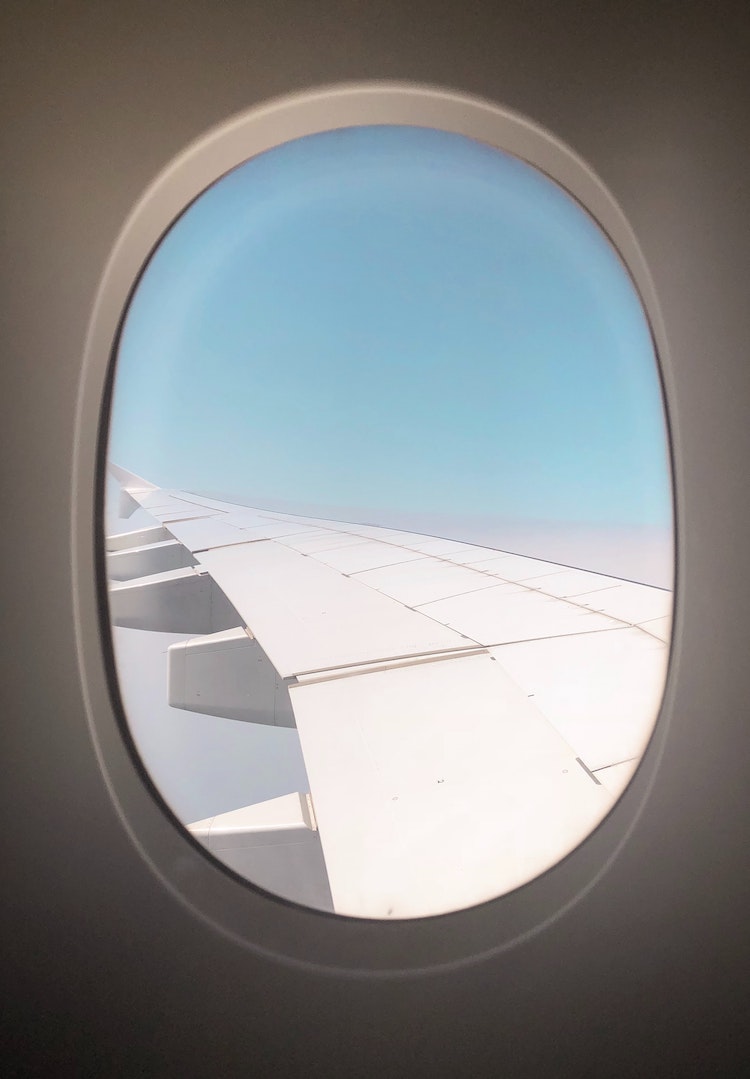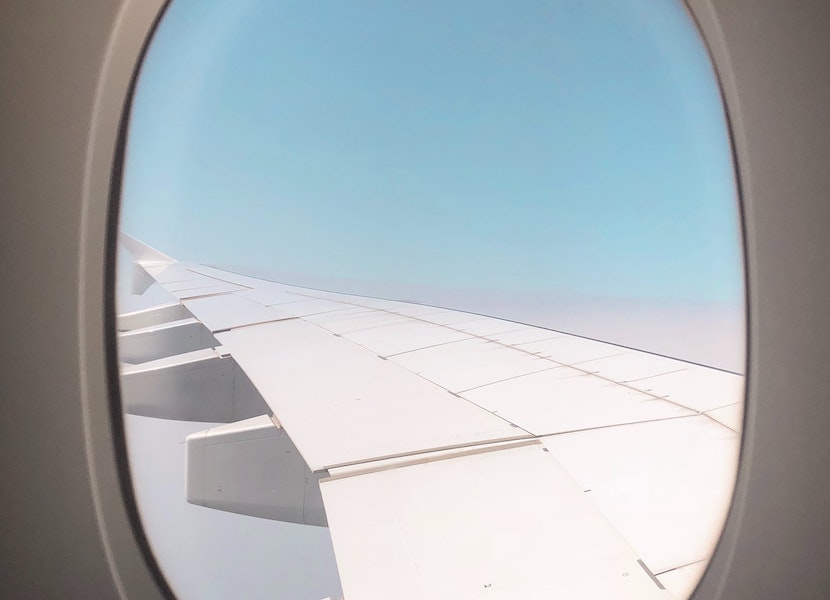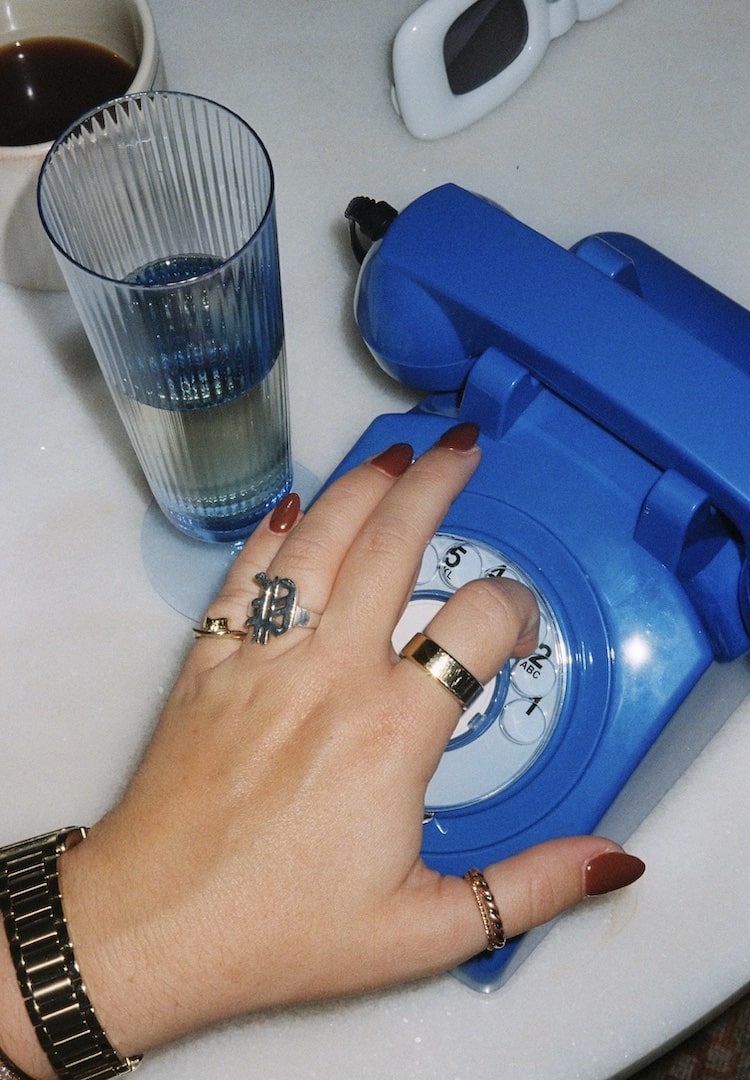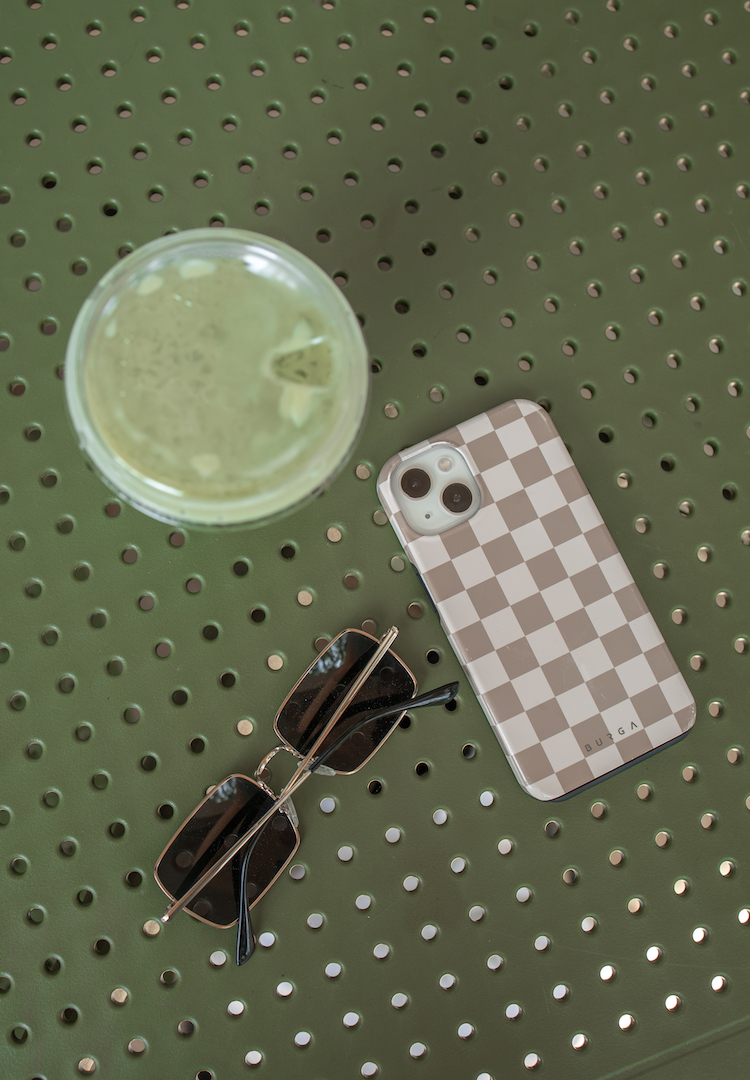A psychologist on how to navigate flying when you have sensory issues
WORDS BY DEANA STEPANIAN
“What we don’t realise, or what a lot of neurotypical people actually just naturally filter out, is that constant buzz that you get in aeroplanes.”
I don’t find airports to be as romantic a space as movies paint them out to be. They remind me of a failed long-distance relationship, and that time my ear drum burst as I touched down in Bali. Instead of fantasising about scoring a seat next to my soulmate, I’m planning how I’ll be the first to exit the aircraft.
The idea of flying, as exciting as it is for some, can be stressful and overwhelming for others. While no one likes to spot an infant at the boarding gate (knowing what will inevitably come), travelling by plane can be particularly dysregulating for people with sensory processing difficulties.
Interested to hear how others navigate the world? Head to our Life section.
What might usually trigger sensory overload, like lights and sounds, is amplified inside one large aeroplane fitting hundreds of people. Mix the noise of an infant incessantly crying, with an unbelievably scratchy seatbelt and abrupt overhead speakers, and it’s a recipe for overwhelm.
Now, although I’m not diagnosed with ADHD, I’ve revisited the same local health clinic three times over the last two years seeking a diagnosis. Each time I return (requesting a new referral), I pick a new doctor to avoid being judged for not taking timely action after my last visit.
This, combined with a dash of imposter syndrome and financial instability, means I’m not sure I’ll ever receive a diagnosis (at least any time soon). So, as someone who’s not formally diagnosed but struggles with processing sensory input, particularly while travelling, I decided to speak to a professional. Below, I chat with Sandhya Menon, an Educational and Developmental Psychologist at Onwards and Upwards Psychology, a neurodiversity-affirming practice in Melbourne.
Hi Sandhya! What do sensory issues look like for those across the spectrum?
We categorise profiles into people who are sensory seeking or sensory avoiding. So, that can occur across our senses. So, for example, someone [that’s] visually seeking [might] wear bright colours [and] love glitter and sequins and… wants to be where there is a lot of visual stimulation.
Whereas someone [that’s] visually avoiding would find that kind of environment horrific, and… want a quiet space away where there is not a lot of visual stimulation. So, things like bright lights [might] drain [their] energy, and fluorescent lighting, things like that.
What challenges might someone with sensory processing difficulties encounter during flying/travelling?
There can be the sudden announcements over the speaker [which] sometimes, especially if you have the headphones that can be plugged into the system that suddenly come on… [are] a huge jolt to the system. And the turbulence. So, if you have vestibular issues… the idea of constantly moving for a bit, and movement that you can’t control, is quite dysregulating for someone who already struggles with making sense of their vestibular world.
Another one I can think of is for people who need to move, so they need movement to regulate. The aeroplane doesn’t allow for a lot of movement and definitely not a lot of big movement, so the requirement to be still or to only suffice with walking a little bit can be quite challenging.
How can someone’s friends or family prepare to support someone with sensory issues during their flight?
I’d usually try to ask them beforehand what’s usually challenging, and how to support them. If we’re thinking about an adult, that would apply. If we’re thinking, for example, a child who might not be able to articulate that, I’d work with the occupational [workers] to try to understand some of those needs. If they need, you know, input into their muscles, they might wear a weighted vest… to help keep them regulated.
Another way that we can kind of help them on the spot is to stay attuned to their needs and how they’re coping throughout. There are some people who are quite expressive with how well they’re not coping, but we also have some [people] with very internalised coping strategies. Or, we have the freeze [response] or the shutdown where we’re finding it hard to articulate things. So, knowing how they’re likely to respond, keeping your eye on them and being helpful.
What tools or equipment do you recommend people use to make their flying experience more comfortable and manageable?
I really like headphones. The moment I first used headphones, my life changed. What we don’t realise, or what a lot of neurotypical people actually just naturally filter out, is that constant buzz that you get in aeroplanes. You know, the air conditioning, the engine. There is just this constant noise. It can be quite dysregulating, so having tools to filter that out for you is really helpful.
I use an eye mask that blocks out all light. So, if I need to reduce my sensory input again, that’s something I’m in control of that is not, you know, when the stewardess decides to turn the lights down. I have sensory snacks with me [because] I have a lot of vestibular issues, and I get really dizzy and kind of faint. I use sour warheads to ground me. So, like a really sour sensation to bring sensation back into my body. I have been recommended medication, so it depends on what medication you require, whether it’s for vestibular issues, in which you cause you need something to combat motion or anti-anxiety.
There is a disability lanyard. It’s a sunflower lanyard that you can request ahead of time when you’re flying. That is a visible signal to airport personnel… that says I have a hidden disability… you often get priority access and things like that. I predict the crash. To know that flying is stressful for my body, I make sure to build slow time into the schedule. So rather than flying in for a conference, then flying out – even if I’m talking for half an hour – I have to be there for three days. Just to regulate my body. So, making sure we have time to do that.
How do you suggest communicating your needs and sensitivities to airline personnel before or during your flight?
So, airlines usually ask about accessibility requirements. Often, this centres around physical accessibility. I always ask my clients to make the choice [of], “Would you like to make your needs known beforehand?”, or… put a case in writing saying this is what I need. I often prepare them for the fact that sometimes that’s not always going to go your way… I much prefer to prepare someone to meet their own needs.
For more on sensory overload, head here.










